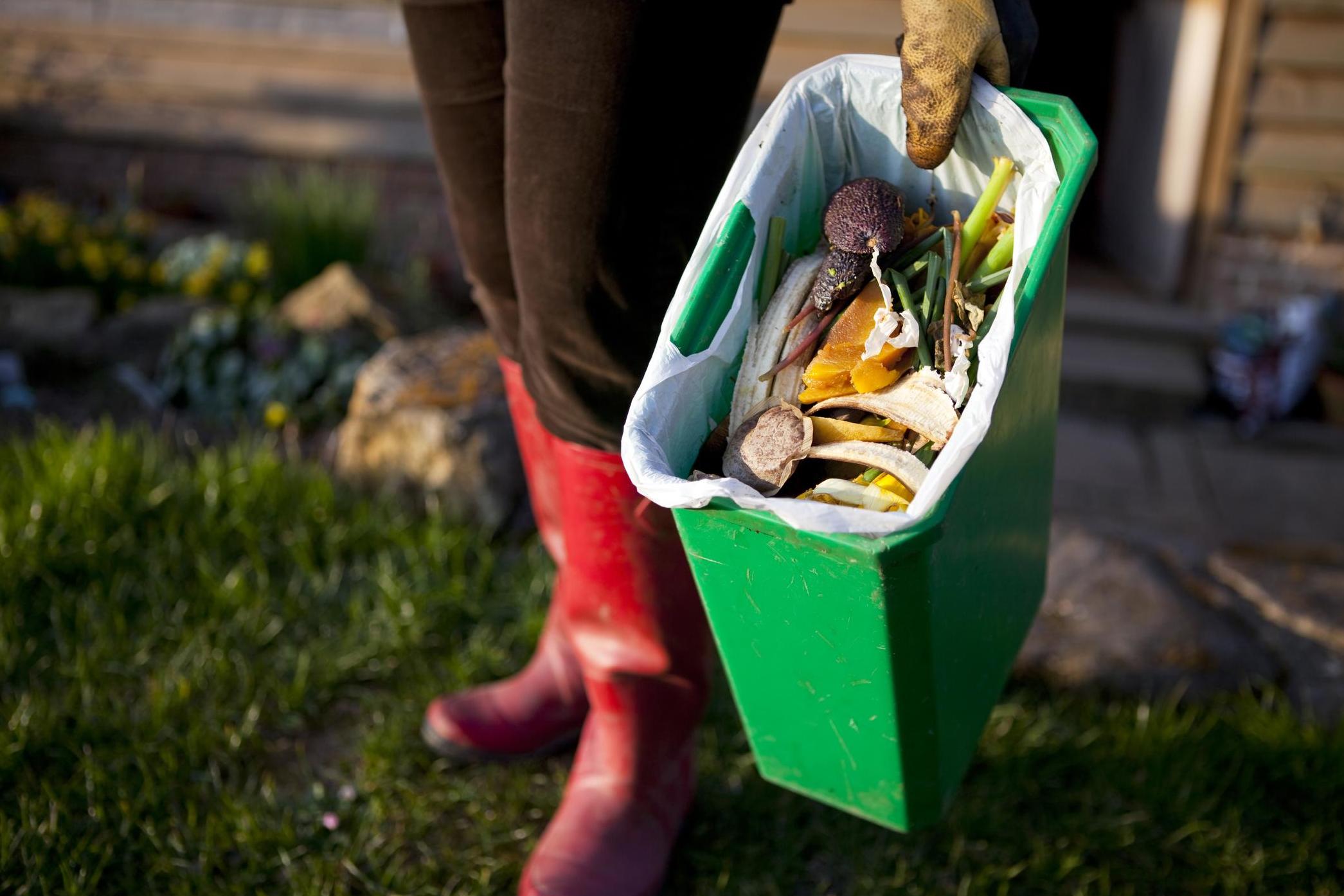20 pledges for 2020: Why I’ve installed a wormery in my garden to reduce food waste
Julia Platt Leonard is making her kitchen and her cooking more sustainable in 2020, one meal at a time


Your support helps us to tell the story
From reproductive rights to climate change to Big Tech, The Independent is on the ground when the story is developing. Whether it's investigating the financials of Elon Musk's pro-Trump PAC or producing our latest documentary, 'The A Word', which shines a light on the American women fighting for reproductive rights, we know how important it is to parse out the facts from the messaging.
At such a critical moment in US history, we need reporters on the ground. Your donation allows us to keep sending journalists to speak to both sides of the story.
The Independent is trusted by Americans across the entire political spectrum. And unlike many other quality news outlets, we choose not to lock Americans out of our reporting and analysis with paywalls. We believe quality journalism should be available to everyone, paid for by those who can afford it.
Your support makes all the difference.I can add to my list of 3:00 a.m. wake-up worries — along with Brexit, the American presidential election, and Harry and Meghan — worm wander. In my 2020 quest for a more sustainable kitchen, I’ve installed a wormery in my back garden. A small move but for me a big one, as I’m still reeling from the time my brother threw a tin of worms at me when I was six years old.
The worms will feed on kitchen scraps; bits of cabbage, banana peels, and egg shells (no oil, no dairy please) that my 2019.0 version would have tossed into the garbage. They’ll reside in a multi-level des res and churn my waste into compost. But as I feverishly read the instructions, I learn that during the first 24-hours they might ‘wander’ and head for the great outdoors.
I call Ronnie, co-owner of Wormcity Wormery, who calms me down. Yes, there is a potential for wander but adding a handful of our own back garden soil helps ‘welcome’ the worms to their new home. No, it’s not a problem that I’m going away for a week — they need time to get settled and overfeeding is a no-no anyway. I hang up feeling like I’ve had a session with my own worm therapist.
If you’ve got any back garden space, then a wormery is an easy way to reduce your kitchen carbon footprint. You can find them online and at garden shops and it’s an easy-to-assemble box system (more mouths = more food waste = more levels). I chose Wormcity because — aside from the fact that Ronnie doesn’t mind answering my inane questions — their wormeries are made from recycled plastic in England, so helpfully reducing travel miles.
My composting worms should live for around two to three years. They’re prolific, doubling their numbers every three to four months. Even better, they’re hungry — eating up to half their body weight in food every day. That’s a lot of carrot peelings. It will take around four months for my worms to turn a tray of food scraps into compost but when they do, it will be so nutrient rich (about ten thousand times the bacteria and microbes of normal compost) that I’ll only need a small amount to use as a top dressing.
If my growing worm family can’t make it through my apple cores, tea bags and coffee grounds, I’ll have a food waste recycle container from my local council for any overflow. According to WRAP, a not-for-profit organisation that works with governments, businesses and consumers to encourage sustainability, last year 59% of councils across the UK offered kerbside food waste collection. If you’re not sure about recycling in your area, you can go to the Recycle Now locator, type in your postcode and find out what your council does — and doesn’t — recycle.
Of course, recycling is only part of the sustainability push. Many argue that the first rule, the mantra, if you will, is to reduce. If we reduce the amount we buy in the first place, then we won’t need to recycle so much. We’ll also save money. The United States Department of Agriculture estimates that an average American family of four loses $1,500 a year on uneaten food. Like many, I’ve become a BOGO junkie — buying two bottles of juice when I can only drink one at a time or splashing out on three packets of sweet potato falafel for the price of two, when I know that I’ll be pushed to finish the second, let alone the third, by the time I reach the use-by date. Every time I buy food, the clock is ticking. It might be ticking loudly, like when I buy a packet of chicken thighs, but even if I’m buying something shelf stable like rice or pasta, it’s still ticking.
After my January fridge detox, I realised that the more stuff I’ve got in my fridge, the harder it is to find anything. And sadly when I do, it might be too late. During my trawl, I discovered two open bottles of fish sauce, which by anyone’s standards is one too many. I know exactly what happened — I was in a rush, opened up the fridge, did a quick look, didn’t (couldn’t) see any so opened another bottle. Shame on me.
Now I’m shopping with intention, as I call it. Considering my purchases more carefully and using up what I’ve got before I go crazy buying more. I rescued some Jurassic-era carrots from the veg bin but rather than throw them out, I peeled them, gave them a quick turn in salted boiling water and a refresh in cold water. The wrinkled romano pepper that looked like something out of an ad for sunscreen was sliced, seeded, roasted and then blitzed with nuts, lemon zest, olive oil, garlic and some almost-chuckable herbs. I tossed the carrots in my ersatz romesco sauce and they were delicious.
I discovered no less than three containers of parmesan cheese in the dark recesses of my fridge. I combined them so they’re easier to locate and will use the wedge for grating and toss the nobbly rinds into my next batch of minestrone for an umami hit. Containers heading to the freezer are labelled now, with the exception of a mystery one I missed, which I’ve decided is either chilli con carne or bolognaise. Only time and defrosting will tell.
There are more helpful hacks on the Love Food Hate Waste website which has a handy A to Z of food storage. It tells you the best place to store apples, for example, if bananas can be frozen, and how to keep quick-wilting herbs fresher longer. I liked the suggestion to turn an almost-but-not-quite-finished sauce bottle upside down (check that the lid is on tight first) so you don’t waste a drop. I’d add to that my trick to use up the last bits in a jar of mustard. Leave the mustard in the jar, add vinegar, olive oil, salt and pepper and you’ve got a bottle of vinaigrette.
Meanwhile, I just checked on my worms. I did a quick head (and yes, a worm does have a head) count and I don’t think they’ve wandered. They better not, they’ve got work to do.
@juliapleonard
Join our commenting forum
Join thought-provoking conversations, follow other Independent readers and see their replies
Comments